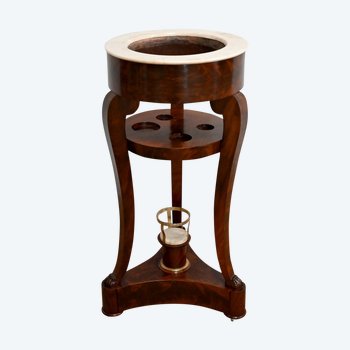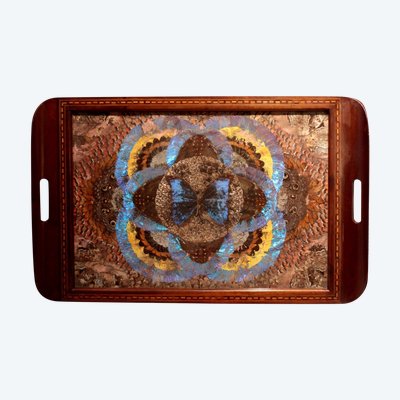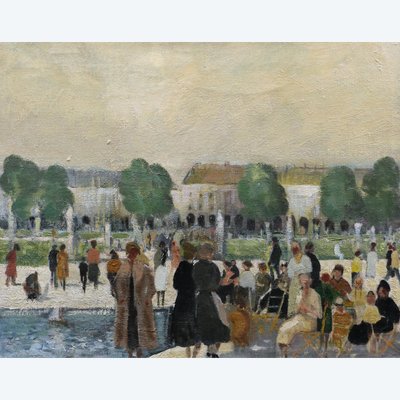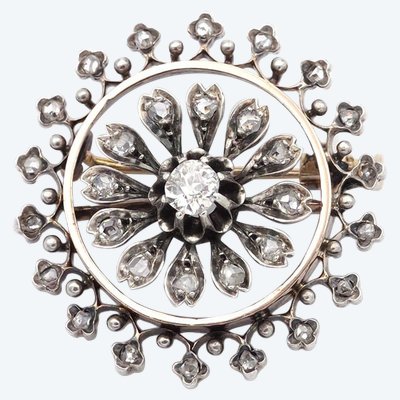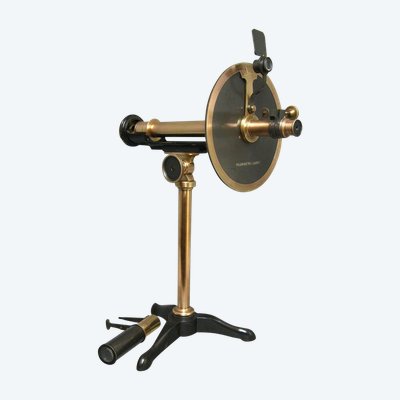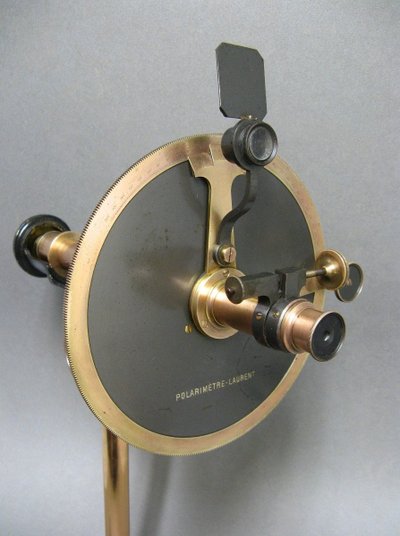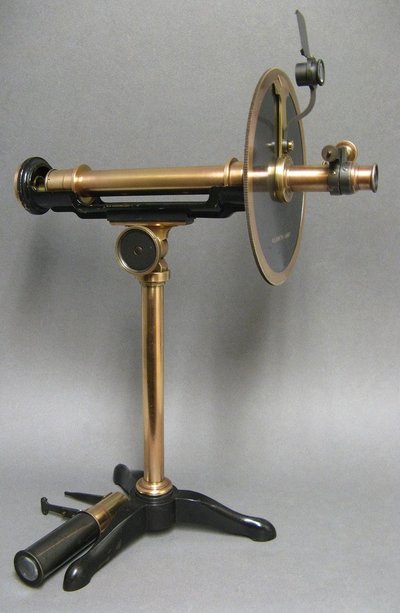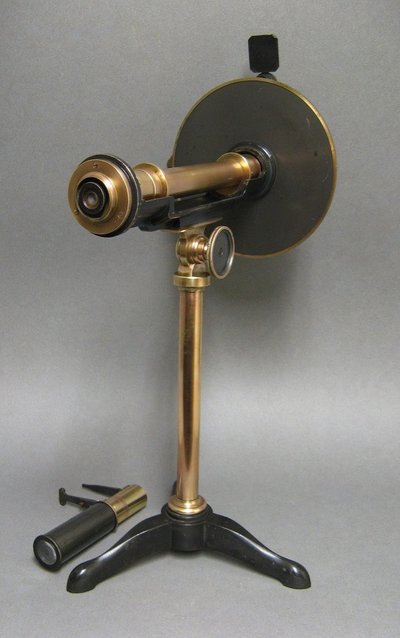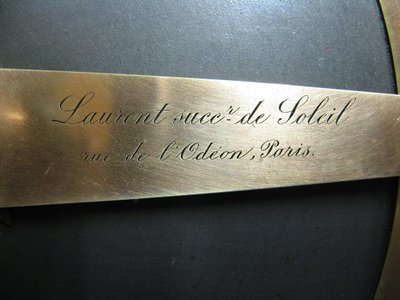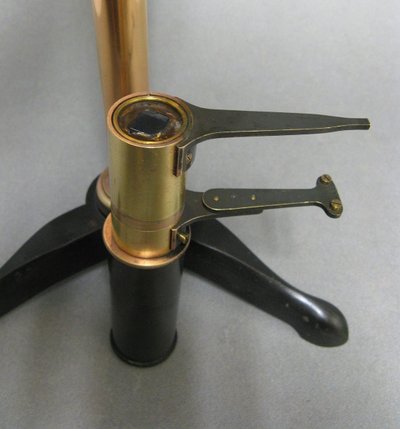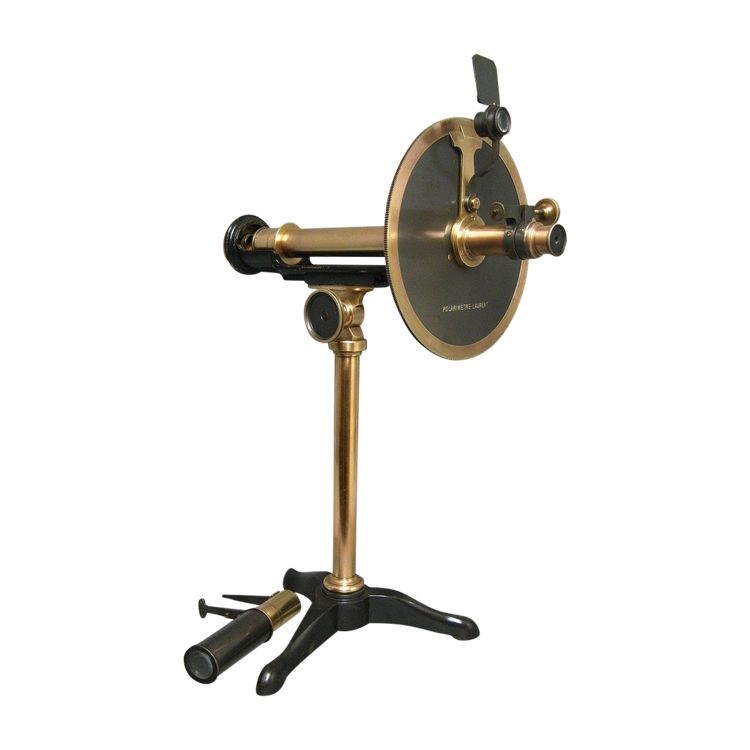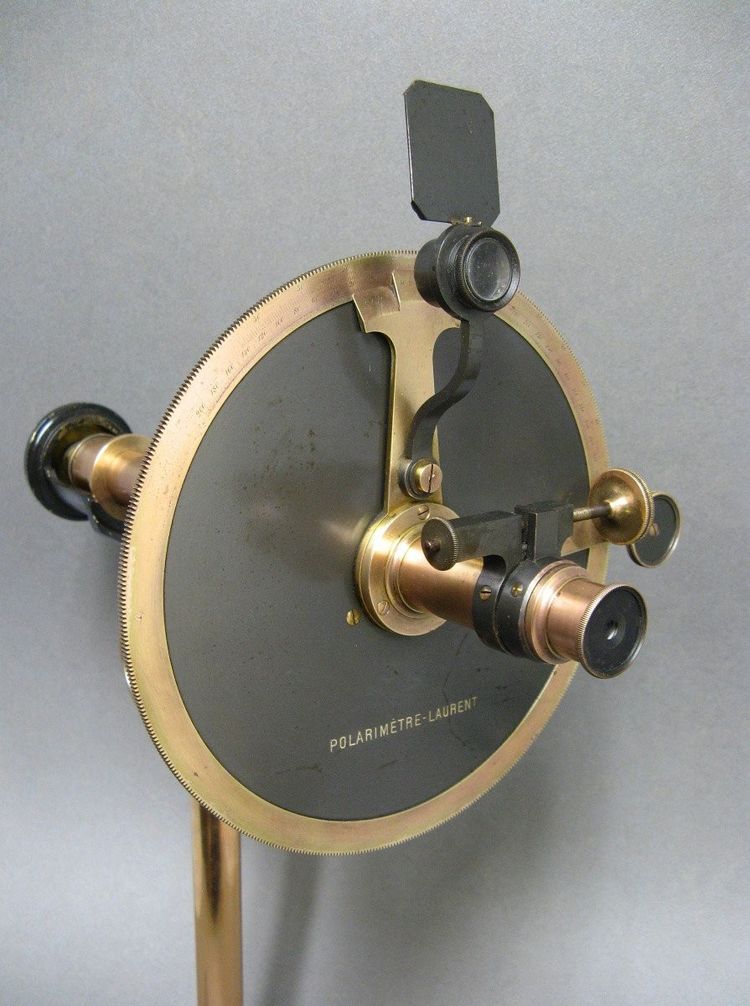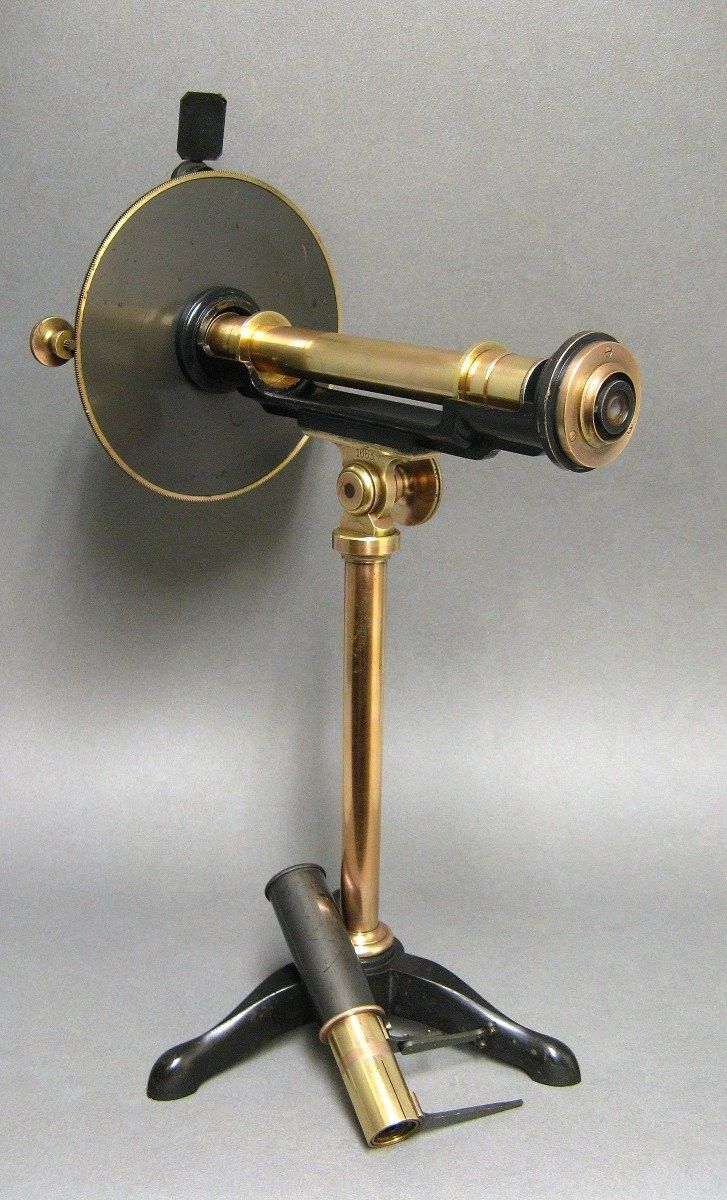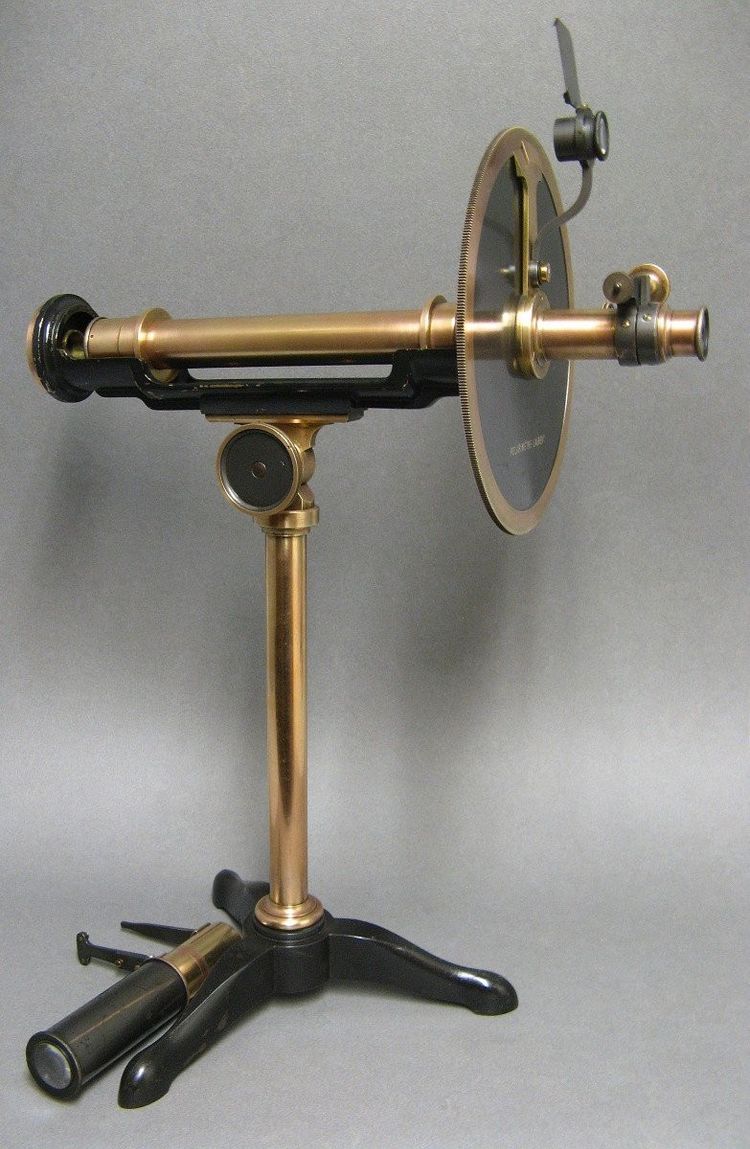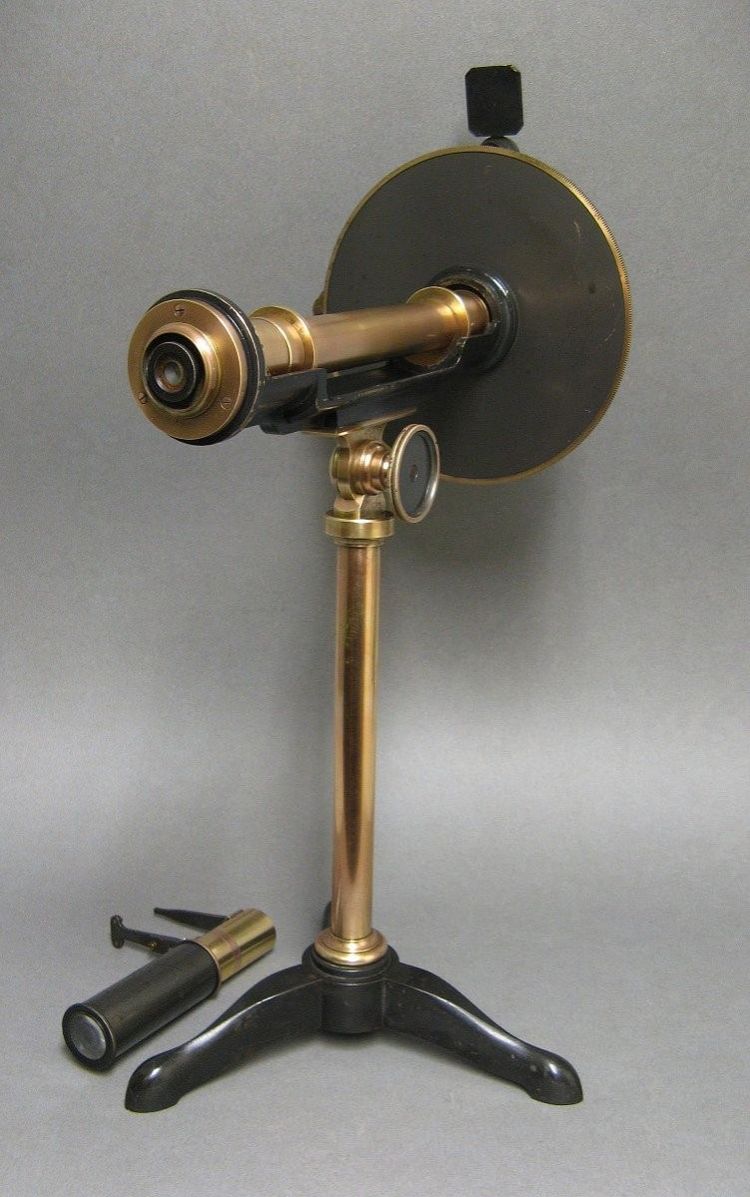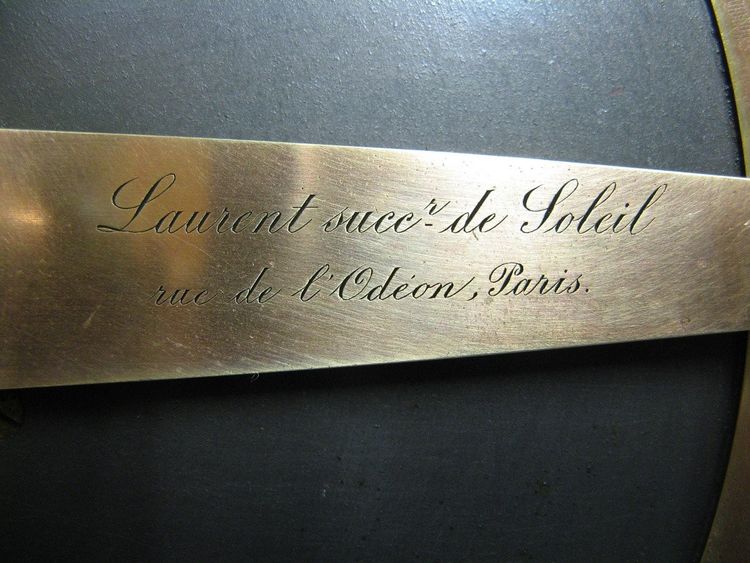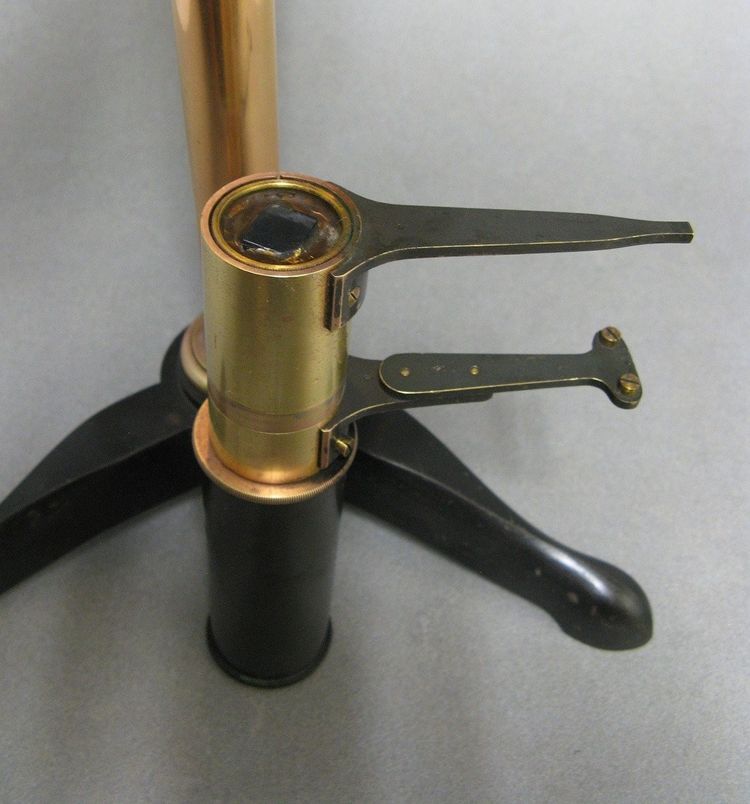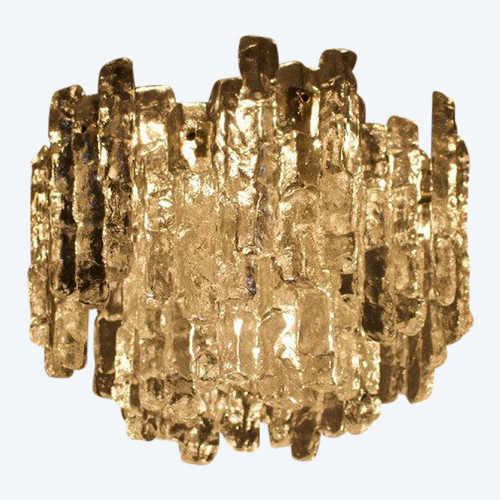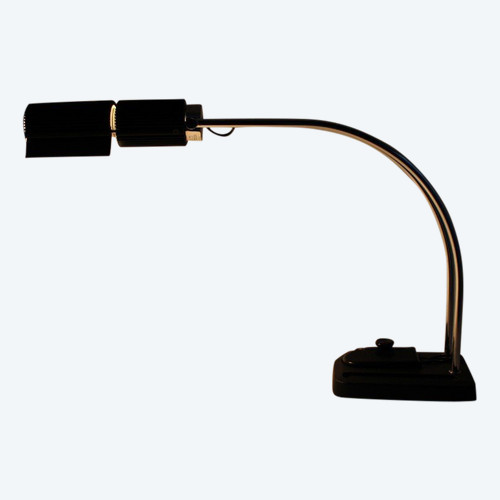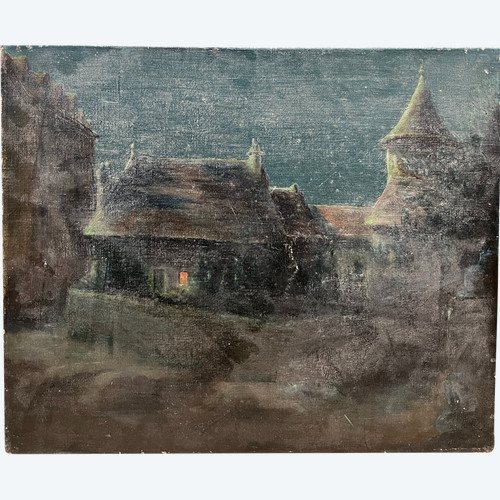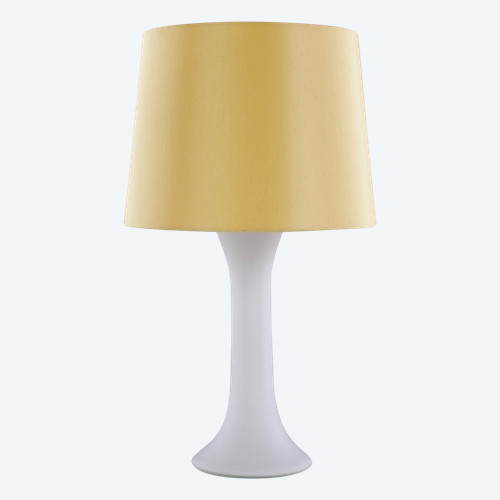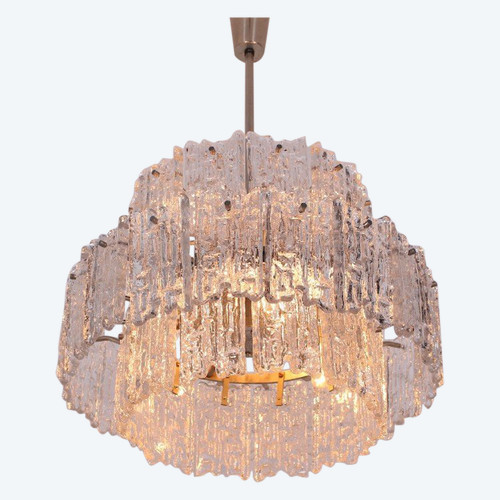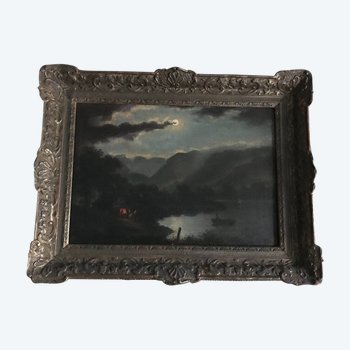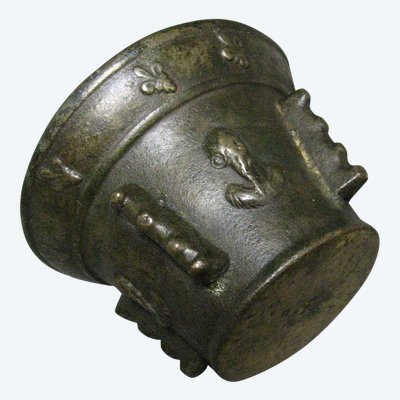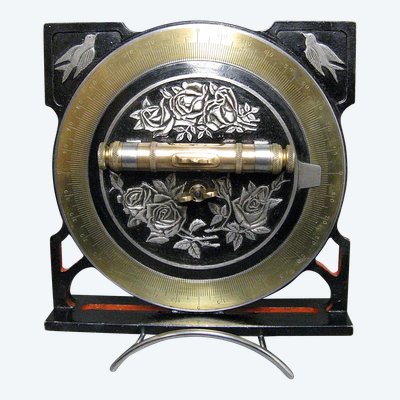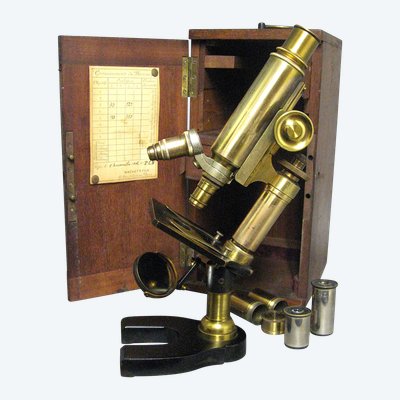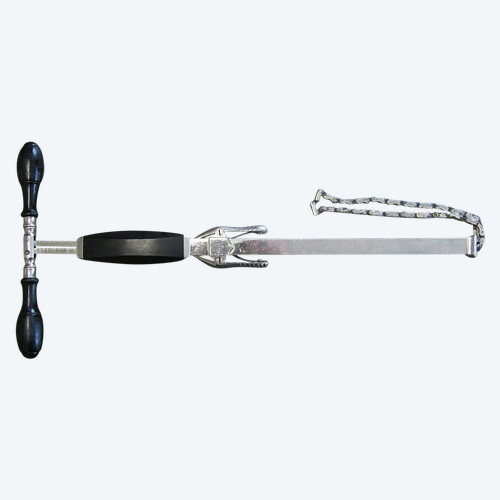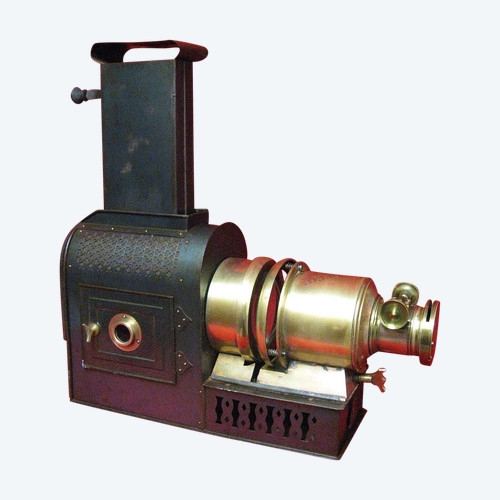This description has been translated and may not be completely accurate. Click here to see the original
Penumbra polarimeter/saccharimeter from the 19th century. A practical adaptation of the polarimeter for measuring the sugar content of a solution, it was invented by Léon Laurent (1840-1909), who also left his name to another instrument: a penumbra polarimeter, presented to the Académie des Sciences in 1874, from which the saccharimeter, presented by Cornu in 1882, was derived. Laurent was the nephew and successor (in 1872) of Henri Soleil, who in 1849 had taken over part of the scientific instrument factory created in 1819 by his father Jean-Baptiste, inventor of the saccharimeter bearing his name. In 1892, Laurent sold his company to Amédée Jobin, which became Jobin-Yvon in 1923.
Laurent's polarimeter has three uses: determining the specific rotatory power of different substances; determining the concentration of a substance optically; measuring the sugar concentration of a solution (the polarimeter then becomes a saccharimeter). For all three applications, a light source (sodium vapor lamp) is required.
Inscription engraved near the eyepiece: Laurent succr. de Soleil / rue de l'Odéon, Paris.
Ref: T5WOVV4QFN

